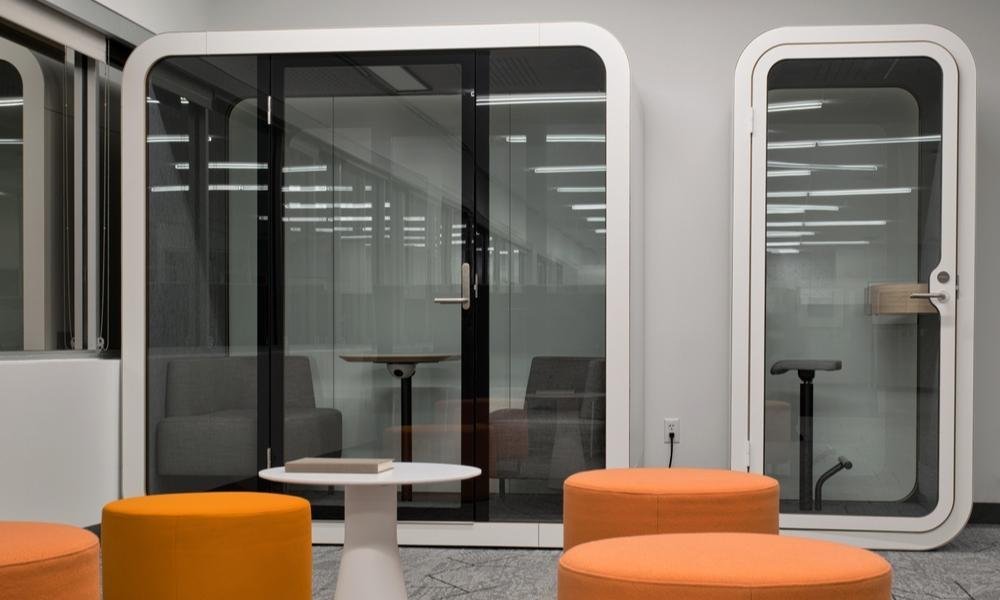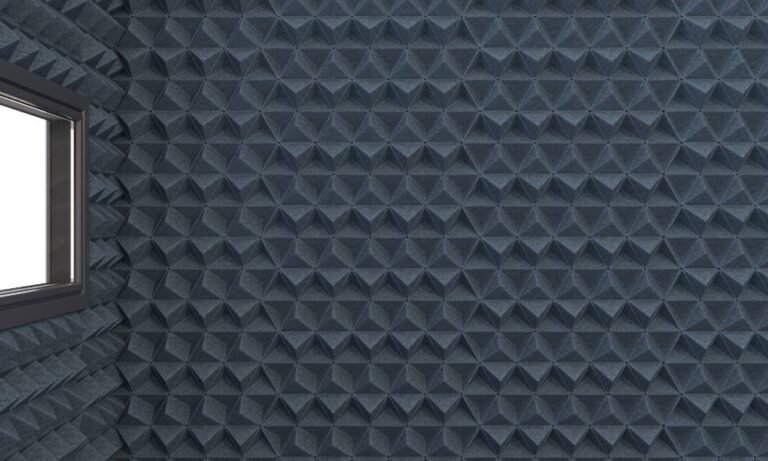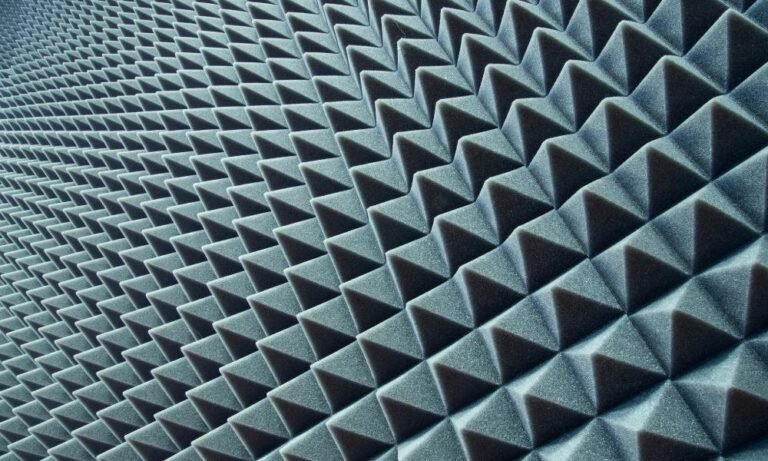Estimated reading time: 4 minutes
I’ve seen it time and again: the difference a quiet, private workspace can make is nothing short of transformative. From clearer focus to better conversations, managing sound in your office isn’t just about comfort—it’s about productivity and professionalism. Let me walk you through how soundproofing can help your office thrive, and how you can get started.
What You’ll Learn:
- Why a quiet workspace matters for productivity and privacy.
- Simple ways to reduce distractions in your office.
- Advanced soundproofing methods for lasting results.
- Tips to maintain a noise-free environment over time.
1. Why Soundproofing Matters in an Office
A bustling office may look lively, but all that noise can chip away at focus, creativity, and even morale. Research consistently shows that noise distractions can reduce productivity by as much as 66% in some environments.
Privacy is another critical factor. Whether you’re discussing confidential client information or brainstorming innovative ideas, soundproofing ensures conversations stay private. And let’s not forget compliance—industries like healthcare and finance often have strict regulations requiring sound management for privacy.
For more insights, I recommend How Soundproofing Protects Your Health and Well-being.
2. Quick Fixes to Reduce Noise
Not every office needs a complete overhaul. Sometimes, simple solutions can make a significant difference.
2.1 Add Acoustic Panels
Acoustic panels absorb sound waves, cutting down on echoes and background chatter. They’re easy to install and can double as décor if you choose stylish designs.
Pro Tip: Place panels strategically on walls and ceilings near high-noise areas.
2.2 Seal Doors and Windows
Sound loves sneaking through gaps. Adding weatherstripping or door sweeps can block these pathways. It’s an affordable fix that also keeps drafts out—bonus!
2.3 Lay Down Carpets and Rugs
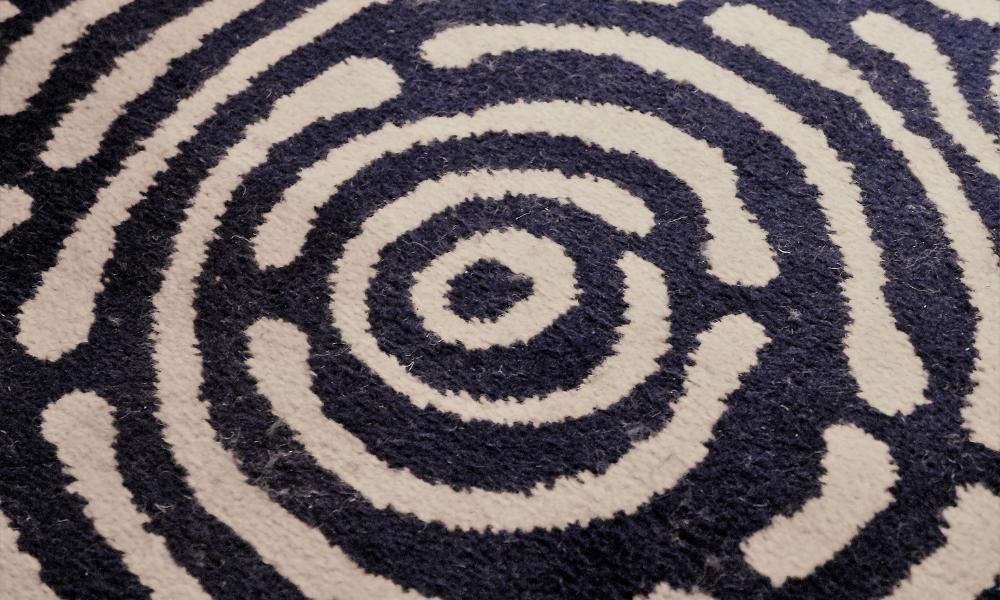
Hard floors amplify every footstep. Soft surfaces like carpets and rugs absorb sound, creating a quieter atmosphere. Use dense pads underneath for even better results.
2.4 Rearrange Furniture
Sometimes, it’s as simple as moving a bookshelf or desk. Placing furniture between workspaces and noisy areas can help diffuse sound and create natural barriers.
Need more DIY tips? Check out Soundproofing Tips: Quiet Your Home with Expert Help.
3. Advanced Soundproofing for Offices
For offices with persistent noise problems, advanced solutions may be necessary. These methods provide long-term benefits and can handle even high-noise environments like open office plans or call centers.
3.1 Soundproof Walls
Adding extra drywall layers or insulation can significantly reduce noise transmission. Sound-dampening materials like Mass-Loaded Vinyl (MLV) are also highly effective.
3.2 Install Resilient Channels
These create a buffer between walls and studs, preventing sound vibrations from traveling. It’s a go-to solution for spaces with thin walls.
3.3 Acoustic Glass Partitions
Perfect for conference rooms and private offices, these partitions block sound while maintaining visibility.
3.4 White Noise Systems
Sometimes, adding controlled ambient noise is more effective than total silence. White noise systems mask distractions and help create a balanced sound environment.
For more professional-grade ideas, see Soundproofing 101: What to Expect from Expert Services.
4. Benefits of a Soundproofed Office
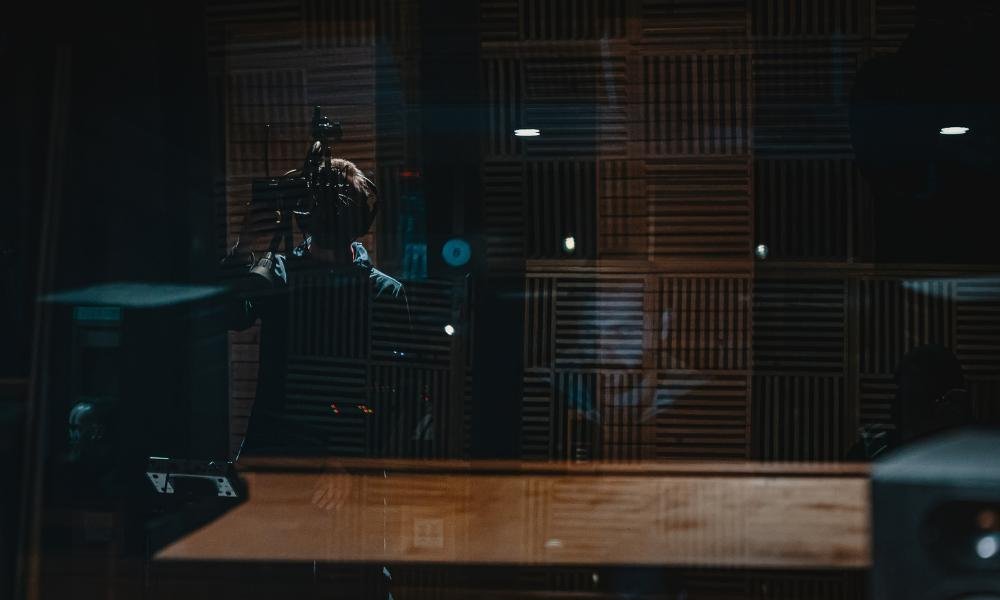
Beyond the technical aspects, soundproofing offers benefits that can reshape your office culture:
- Boosted Focus: Employees can work without constant interruptions.
- Enhanced Collaboration: Meetings and brainstorming sessions stay private.
- Improved Employee Well-Being: A quieter office reduces stress and creates a more enjoyable workspace.
If you’re curious about the bigger picture, take a look at Soundproofing vs. Noise Reduction: Know the Difference.
5. Maintenance Tips for Long-Term Quiet
Soundproofing is an investment, and maintaining it ensures lasting results.
- Inspect Materials Regularly: Door seals, acoustic panels, and other materials can wear out over time. Replace them as needed.
- Train Your Team: Encourage employees to respect quiet zones and minimize loud activities.
- Leverage Technology: Use white noise machines or sound-masking devices for added privacy and comfort.
6. Costs and Considerations
The cost of soundproofing varies based on your needs and the size of your office:
- DIY Solutions: Door seals, acoustic panels, and rugs can cost $50–$300.
- Professional Services: Larger projects like wall insulation or glass partitions range from $1,000 to $5,000.
Investing in professional services ensures tailored solutions that deliver long-term results. Learn more about the benefits in Top Benefits of Hiring Professional Soundproofing Contractors.
Conclusion
A soundproof office isn’t just a luxury; it’s a productivity tool. From quick fixes to advanced solutions, there’s an option for every budget and space. Start small with DIY methods or go big with professional installations—either way, you’re investing in a quieter, more focused workspace.
Need help deciding where to start? Let me know how I can help you create the ideal sound environment for your office!
